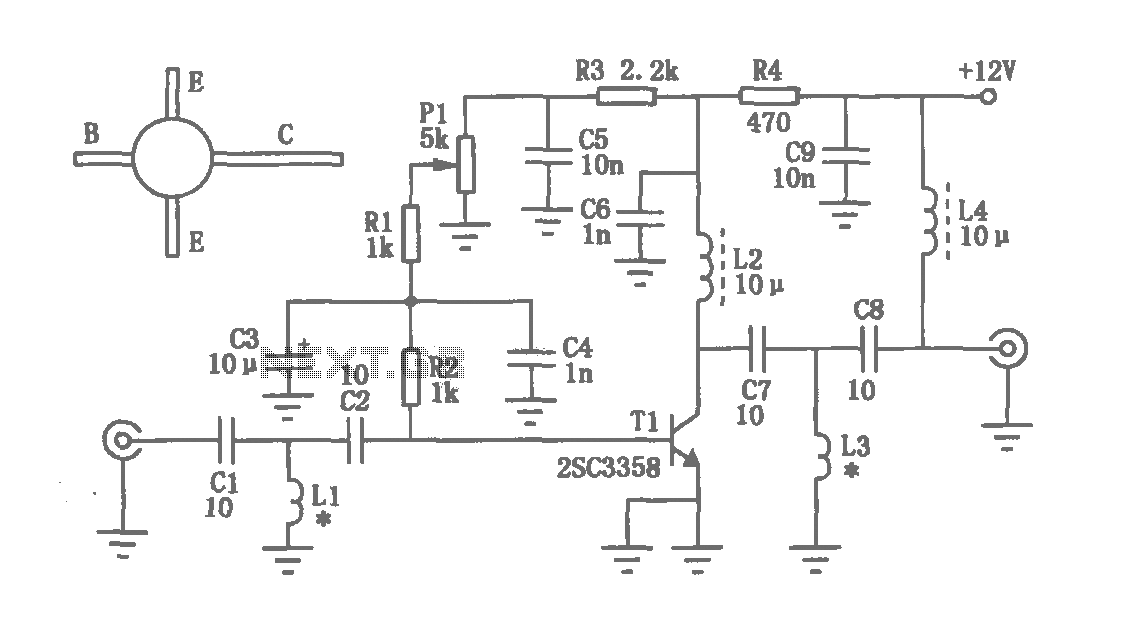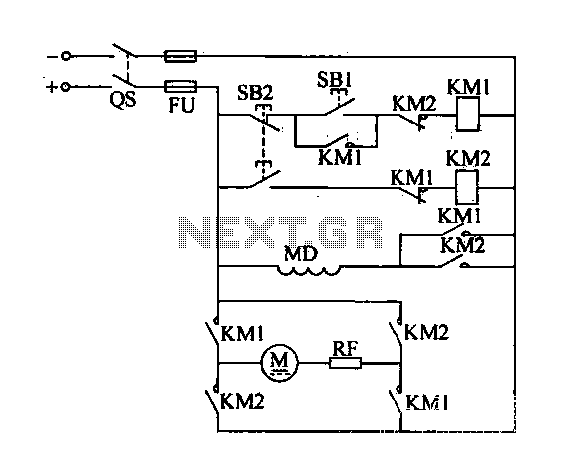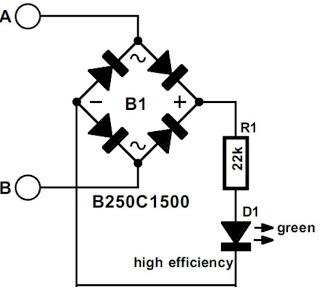
Simple peak detector circuit using LM393. Uses minimum components and have good performance

LM339-based peak detector circuit. Simple and easy to construct. Operates from a 5V DC single supply. LM339 is a dual comparator.
The LM339-based peak detector circuit is designed to capture and hold the peak value of an input signal. This circuit is particularly advantageous for applications where monitoring the maximum voltage level of a fluctuating signal is necessary. The LM339 integrated circuit serves as a dual comparator, allowing it to compare the input signal against a reference voltage.
The circuit typically consists of the LM339, a capacitor, and a resistor. The input signal is fed into one of the comparator inputs, while the second input is connected to a reference voltage, which can be set using a voltage divider. When the input signal exceeds the reference voltage, the output of the comparator switches states, allowing the capacitor to charge to the peak value of the input signal.
To ensure that the peak value is held, a diode is often included in the circuit. This diode prevents the capacitor from discharging back through the comparator, thus maintaining the peak voltage until it is manually reset or until the input signal drops below a certain threshold.
The circuit operates efficiently from a single 5V DC supply, making it suitable for low-power applications. The simplicity of construction, combined with the effectiveness of the LM339 as a comparator, makes this peak detector circuit a popular choice for various electronic projects and signal processing applications.LM339 based peak detector circuit.Simple and easy to construct. Operates from 5V DC single supply. LM339 is a dual comparator.. 🔗 External reference
The LM339-based peak detector circuit is designed to capture and hold the peak value of an input signal. This circuit is particularly advantageous for applications where monitoring the maximum voltage level of a fluctuating signal is necessary. The LM339 integrated circuit serves as a dual comparator, allowing it to compare the input signal against a reference voltage.
The circuit typically consists of the LM339, a capacitor, and a resistor. The input signal is fed into one of the comparator inputs, while the second input is connected to a reference voltage, which can be set using a voltage divider. When the input signal exceeds the reference voltage, the output of the comparator switches states, allowing the capacitor to charge to the peak value of the input signal.
To ensure that the peak value is held, a diode is often included in the circuit. This diode prevents the capacitor from discharging back through the comparator, thus maintaining the peak voltage until it is manually reset or until the input signal drops below a certain threshold.
The circuit operates efficiently from a single 5V DC supply, making it suitable for low-power applications. The simplicity of construction, combined with the effectiveness of the LM339 as a comparator, makes this peak detector circuit a popular choice for various electronic projects and signal processing applications.LM339 based peak detector circuit.Simple and easy to construct. Operates from 5V DC single supply. LM339 is a dual comparator.. 🔗 External reference
Warning: include(partials/cookie-banner.php): Failed to open stream: Permission denied in /var/www/html/nextgr/view-circuit.php on line 713
Warning: include(): Failed opening 'partials/cookie-banner.php' for inclusion (include_path='.:/usr/share/php') in /var/www/html/nextgr/view-circuit.php on line 713





